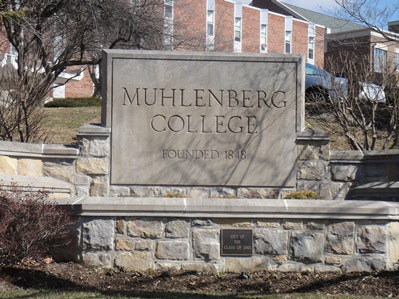
The University of Missouri became ground zero for campus protests this fall, after racial tensions escalated on campus and ultimately resulted in the resignation of system President Tim Wolfe.
However, Mizzou is hardly alone. Most colleges and universities have a story to tell about disturbances on campus, although they did not make the news to the same degree. At Muhlenberg College, a small, four-year liberal arts institution located in Allentown, Pennsylvania, that serves 2,200 students, a series of racist comments on Yik Yak, an anonymous online forum, precipitated a campuswide forum about race and inclusion. It was attended by nearly 40 percent of the student body.
Muhlenberg is a predominantly and historically White institution in the midst of a demographic change among its student and faculty population. In some respects, it is a microcosm of institutional shifts happening across the country.
This May, Muhlenberg announced the hiring of 10 diverse tenure-track faculty. For many institutions, creating a more diverse faculty is a high priority, but sometimes a challenge. Institutions cite the relative dearth of faculty of color, which makes it difficult to attract faculty of color, let alone retain them.
Diversifying the Muhlenberg faculty, however, is not quite on pace with the rapidly diversifying student body. Back in 1987, only 2 percent of Muhlenberg students were of color, Dr. John Williams, Muhlenberg president, told Diverse in a phone interview. By point of comparison, the class of 2019 was 18 percent minority and 5 percent international.
“We’ve made considerable progress since the late ’80s, but we still have a ways to go,” Williams said. “There’s no particular set of numbers that we have set as a goal or quota, or anything along those lines, but we know we’re not sufficiently diverse to reflect the population of the country, or of the world, that we serve.”















